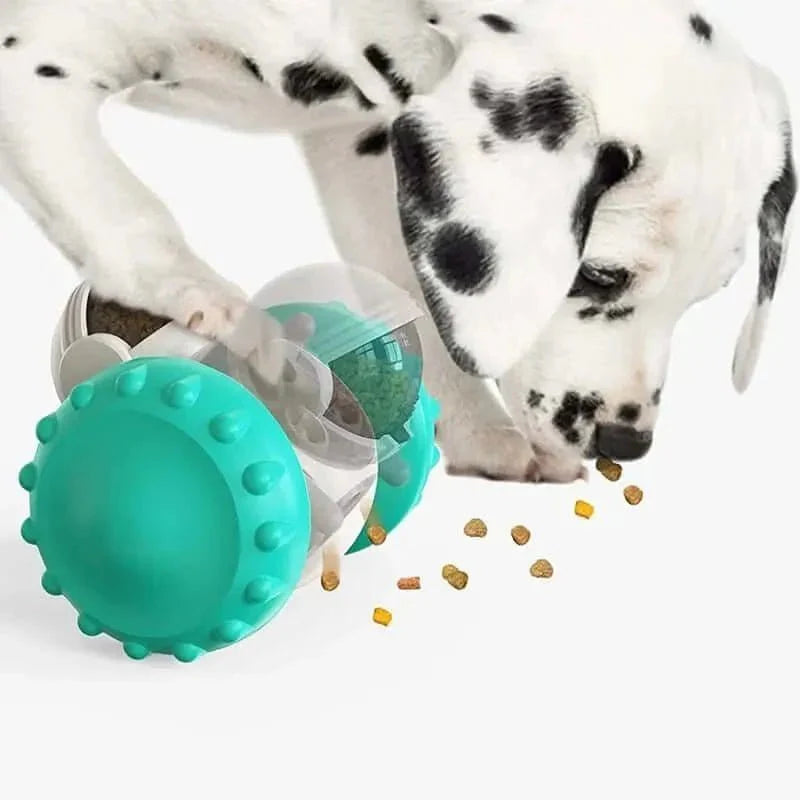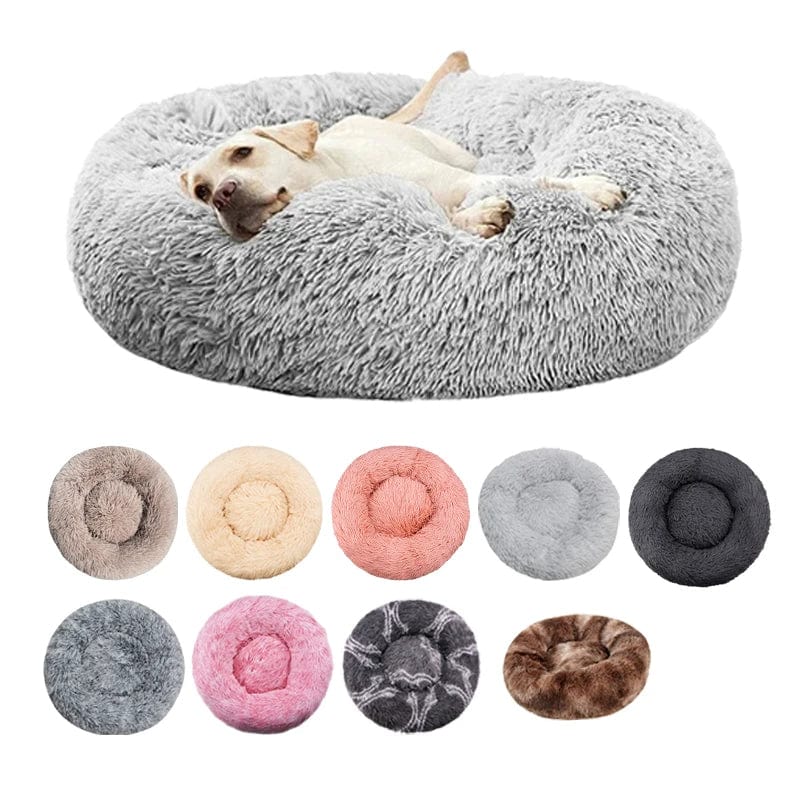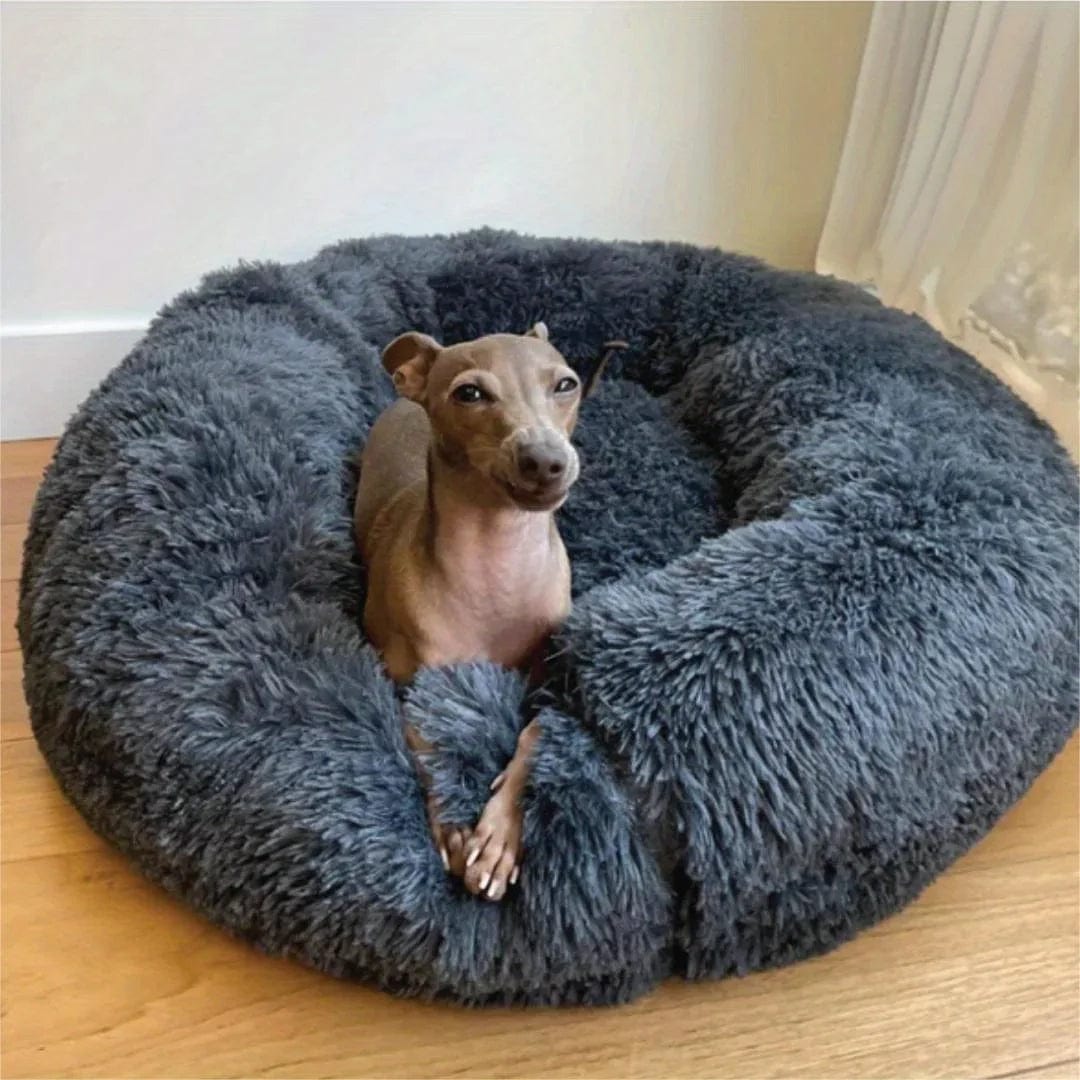Frequently Asked Questions
1. What are slow feeders for dogs?
2. Why is fast eating a concern for dogs?
3. What are the benefits of using slow feeders?
4. What types of slow feeders are available?
5. How can I choose the right slow feeder for my dog?
As a responsible pet owner, you want the best for your furry friend. One of the essential aspects of canine care that is often overlooked is their feeding habits. If you’re looking for a way to promote healthier eating, reduce anxiety, and increase enjoyment during mealtime, slow feeders might just be the perfect solution. In this blog post, we'll delve into the world of slow feeders for dogs, exploring their benefits, types, and how to choose the right one for your pet.
What Are Slow Feeders?
Slow feeders are specially designed dog bowls or trays that encourage your pet to eat at a slower pace. They come equipped with various obstacles and ridges, which make it more challenging for dogs to gulp down their food quickly. By extending the duration of mealtime, these feeders provide several physical and behavioral benefits that contribute to your dog's overall well-being.
Why Fast Eating is a Concern
Before we dive into the benefits of slow feeders, it's important to understand why fast eating can be problematic. When dogs eat too quickly, they can suffer from a range of issues, including:
- Bloating: A condition where the stomach fills with gas, leading to swelling and discomfort.
- Choking: Fast eaters are at a higher risk of accidentally inhaling food, which can lead to choking incidents.
- Vomiting: Gulping food can cause dogs to vomit shortly after eating, leading to potential health risks.
- Weight Gain: Quick eaters may not properly register when they're full, leading to overeating.
The Benefits of Slow Feeders for Dogs
Promotes Healthy Digestion
One of the primary benefits of slow feeders is their ability to promote healthier digestion. By forcing your dog to take their time while eating, slow feeders can reduce the risk of issues like bloating and indigestion. As they chew their food more thoroughly, it breaks down into smaller particles that are easier for the stomach to digest.
Encourages Mindful Eating
Slow feeders are designed in a way that turns mealtime into a fun puzzle for dogs. The various compartments and shapes encourage your canine buddy to engage their brain while they eat. This mindful eating experience not only makes meals exciting but also helps prevent boredom, which is essential for keeping your dog mentally stimulated.
Helps with Weight Management
If your dog is prone to overeating or maintaining excess weight, a slow feeder can be a game changer. By slowing down the eating process, these feeders allow dogs to savor their meals, which can lead to a more satisfying experience and help them feel full quicker. This can effectively aid in portion control and prevent unintentional weight gain.
Reduces Anxiety
Fast eaters often show signs of anxiety during mealtime, as they feel pressured to consume their food quickly. Slow feeders can help alleviate this anxiety by providing a relaxed and enjoyable eating environment. As a result, your dog may feel more at ease during mealtime, leading to a happier, calmer demeanor.
Improves Dental Health
Using a slow feeder can also enhance your dog’s dental hygiene. As they chew their food more thoroughly, it can naturally help remove plaque and tartar buildup from their teeth. A healthier mouth can contribute to improved overall health for your dog, reducing the risks associated with dental disease.
Different Types of Slow Feeders
Slow feeders come in various styles and materials to cater to the unique needs of different dogs. Here are some common types:
Puzzle Feeders
These fun feeders often come with hidden compartments or sliding panels that require your dog to figure out how to extract their food. Puzzle feeders can engage their brain while promoting slower, more deliberate eating.
Some slow feeders are designed like mats or trays and feature raised ridges or shapes that dogs must navigate around to access their food. These can be particularly beneficial for dogs who enjoy working for their meals.
Interactive Feeders
Interactive slow feeders are designed to be more engaging, with features that allow you to hide food inside a toy or ball that dispenses treats as your pet plays with it. This adds an element of fun to mealtime, turning it into a rewarding game.
Traditional Bowls with Slow Feeder Designs
Some slow feeders resemble traditional dog bowls, yet they have unique designs that slow down the eating process. This style works well for pet owners who want a straightforward solution while still addressing their dog’s fast eating habits.
Choosing the Right Slow Feeder for Your Dog
Finding the perfect slow feeder for your dog involves a few key considerations. Here are some tips to help steer your decision:
- Size: Make sure to choose a slow feeder that accommodates your dog’s size. A bowl that’s too small can lead to frustration, while one that’s too big may not be effective in slowing down their eating.
- Material: Slow feeders are made from various materials, including plastic, silicone, and ceramic. Choose one that is durable, easy to clean, and safe for your pet.
- Design: Consider your dog's eating style. If they enjoy licking their food, a mat-style feeder may be a good fit, whereas if they are enthusiastic and prefer to dive into their meal, a puzzle feeder might be better.
- Easy to Clean: Opt for slow feeders that can be easily washed, either by hand or in the dishwasher. Keeping the feeder clean is essential for your dog's health.
Transitioning to a Slow Feeder
Making the switch to a slow feeder is usually a straightforward process, but it’s a good idea to transition gradually. Here’s how to get started:
Introduce the Feeder Gradually
Start by placing a small amount of food in the slow feeder alongside your dog’s regular bowl. This will encourage them to explore the new feeder without overwhelming them. Gradually increase the amount of food in the slow feeder until they are comfortable eating from it exclusively.
Supervise During Meals
Initially, watch your dog while they use the slow feeder. This will give you the opportunity to ensure they are interacting with it properly and not becoming frustrated. Adjust the feeder’s design or food portion accordingly if necessary.
Be Patient
Give your dog some time to adapt. Some pets may take longer than others to accept a slow feeder. Continued encouragement and persistence will help them learn to enjoy this new feeding style.
Final Thoughts: Unleash the Power of Slow Feeding!
The transition to a slow feeder can be a wonderful change for both you and your dog. With numerous benefits including healthier digestion, improved dental health, weight management, and reduced anxiety, slow feeders offer a holistic approach to enhancing your pet's mealtime experience. By selecting the right feeder and practicing patience during the transition, you will help your furry friend enjoy every bite, making both of you happier. So go ahead, unleash the power of slow feeding and watch your dog thrive!



